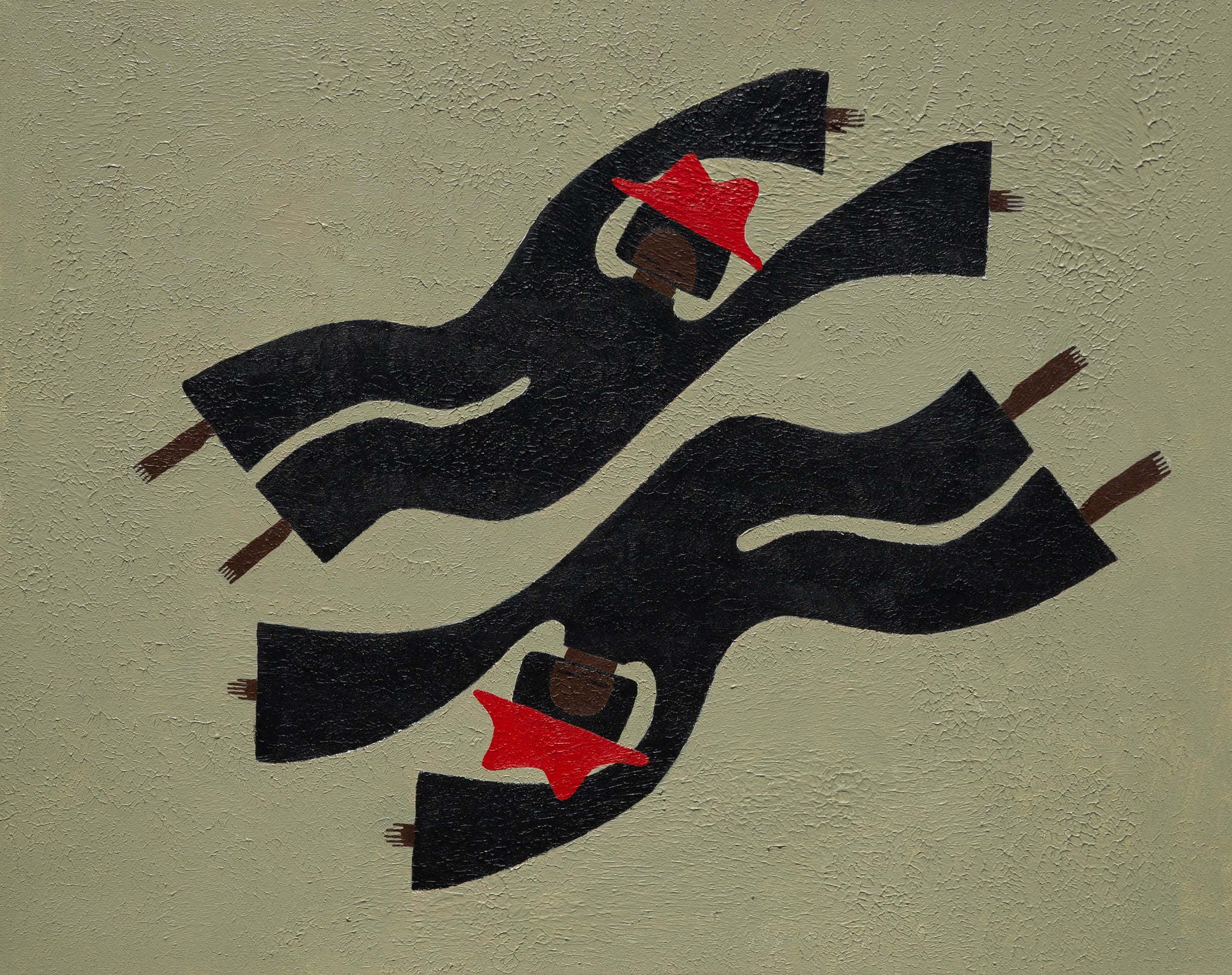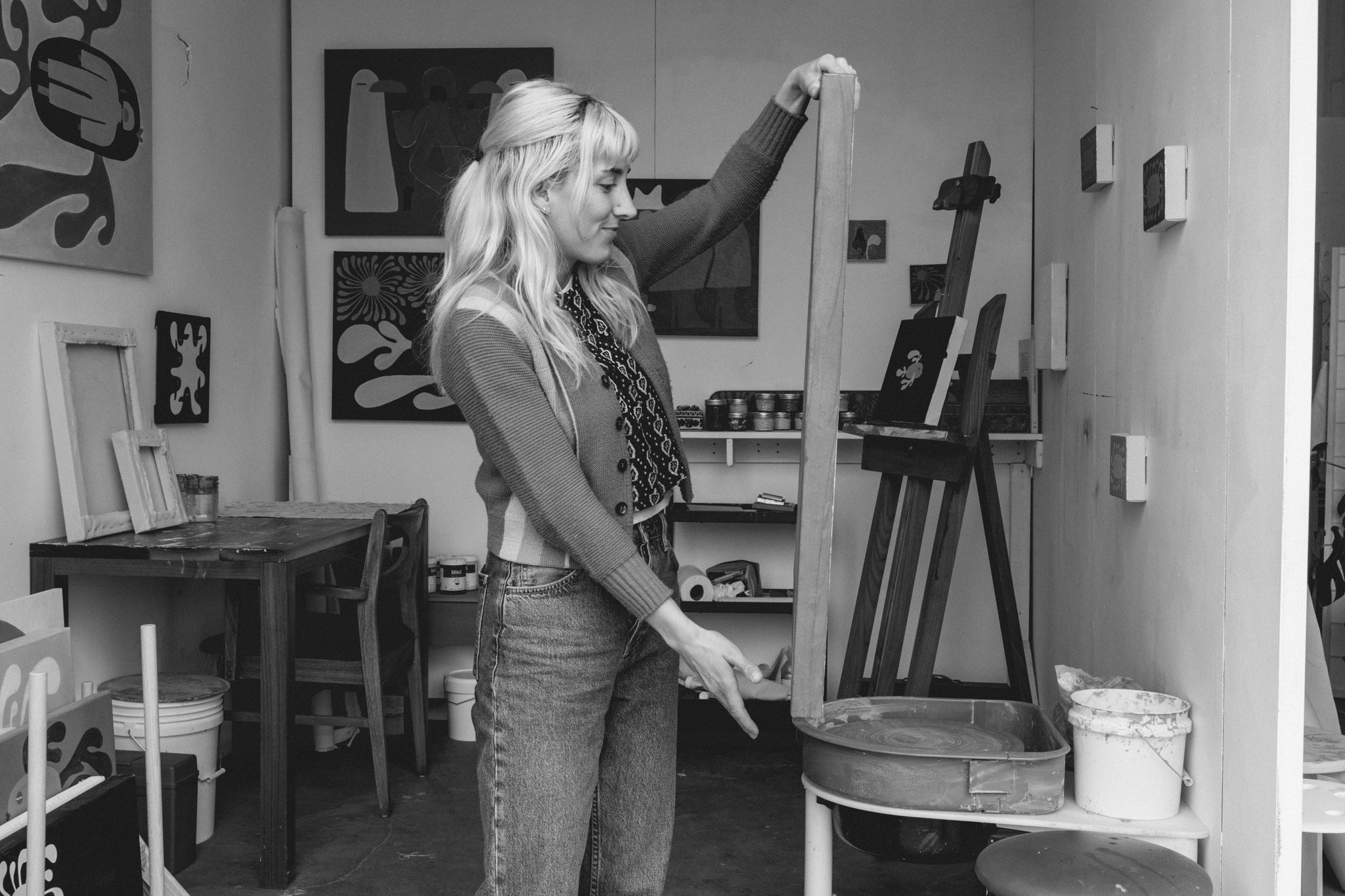At what age did you first feel creative?
The furthest back I can remember being creative was probably around four years old?

Did someone inspire you to be creative?
I remember my dad would take my sister and I to the art store and I loved looking at all the different supplies and tools. We would often bring home a giant block of clay and I would just go wild creating whatever my little mind imagined. Creativity was really in everything I did as a child. From drawing, to playing dress up, taking photos, creating short videos, even sewing tiny purses and stuffed animals.

How did you start your creative business?
Since I always knew I wanted to be creative for my career, I’d say falling into this “profession” was a mix of purpose and by accident. I used to think I’d have one title; fashion designer, photographer, illustrator. But as I’ve grown more as a human and an artist, I realized I can be anything and everything I want to be. I don’t have to label myself as one thing. Initially I set out to be a photographer. I thought that was all I was meant to do and all I wanted to fulfill my creative soul. But come 2020 and all that it was that year, I was forced to find some other outlet other than photos. Since, well, no one was really willing to shoot at that time. So, I started drawing. At first just for fun, but then I picked up painting, then it got a little more serious when people actually wanted to buy my work. So, I guess I accidentally became a painter as part of my profession. But I still do photography which I’ve done for many years now.

Do you feel the environment / geographic location where you live affects your work? If so, how does this influence show up in your work?
I do feel my surroundings have an impact on my work. Being close to the coast has always been a big inspiration for me. The ocean resets me and grounds me but also puts me in a meditative mindset to let go and I definitely carry that into my painting process. It’s undeniable that we as humans have such a strong connection to the ocean. I love painting birds and fish, I love creating flowy lines and shapes. So yeah I’d say a lot of coastal influence can be seen throughout my work.
Where do you draw inspiration from
for your work?
Surfing, swimming, or just laying on the sand always bring me the most inspiration.

What are the main influences of
your artistic style?
I gathered a lot of inspiration from psychedelic and spiritual artist Hilma af Klint, legendary graphic artist Margaret Kilgallen, and various Inuit artists such as Kenojuak Ashevak, Marion Tuu'lug, and Irene Avaalaagiag. The human character you see through my work is actually inspired by Japanese kokeshi dolls. Many unique styles of artwork but all very inspiring to me.

How would you describe your work's palette?
My color palette is a rainbow! Recently I’m experimenting with more of a muted rainbow palette to balance the brightness and pop. It’s a bit odd but I actually reference vintage home decor when mixing colors. A wool blanket from the 50s, a velvet couch from the 70s, a funky lamp from the 60s. Good stuff!

Do you have any tools for getting
out of a creative "funk"?
Usually when I’m trying to get out of a creative funk, I step away from working. I go outside more, hangout with friends, get myself into some deep conversations about life haha. But seriously! Try something new, watch a movie, eat some tasty food, go see some live music. all great things to get out of a funk and inspire me to keep going.

What is your favorite medium?
It’s so hard to choose a favorite between painting and photography. I do love going between the two. I feel like being out and shooting really inspires me to go inward and be still with painting. And vise versa.
Is there anything you hope a viewer will feel or think of when they experience your work?
I hope my work makes the viewer feel happy and inspired. I hope it inspires more sunshine soaks, ocean dips, time in nature and time to ponder the world like we did as children. There’s a lot of chaos in the world and if I can contribute something to bring peace and joy, that’s ultimate fulfillment.

Was there a turning point in your work where you feel you found your way or style?
My artistic style came from my inability to draw anything realistic haha. I never saw myself as a good artist growing up. But I still loved to draw and paint. There came a point where I wanted to find a way of drawing that suited me, that I felt like I could execute well. So simple shapes and cartoon like characters became really enjoyable for me to create.

How has your work / style changed / evolved since you started?
My photo work has changed a lot in that I don’t only shoot black and white! And with painting, recently I started incorporating more of a darkness with my work, while still keeping a lot of color. I love balance so I try to show that through all my work.

Lauryn Alvarez is an artist
based in Laguna Beach, California.
You can view more of her work on her website: www.laurynalvarez.com and Instagram: @laurynalvarez
































